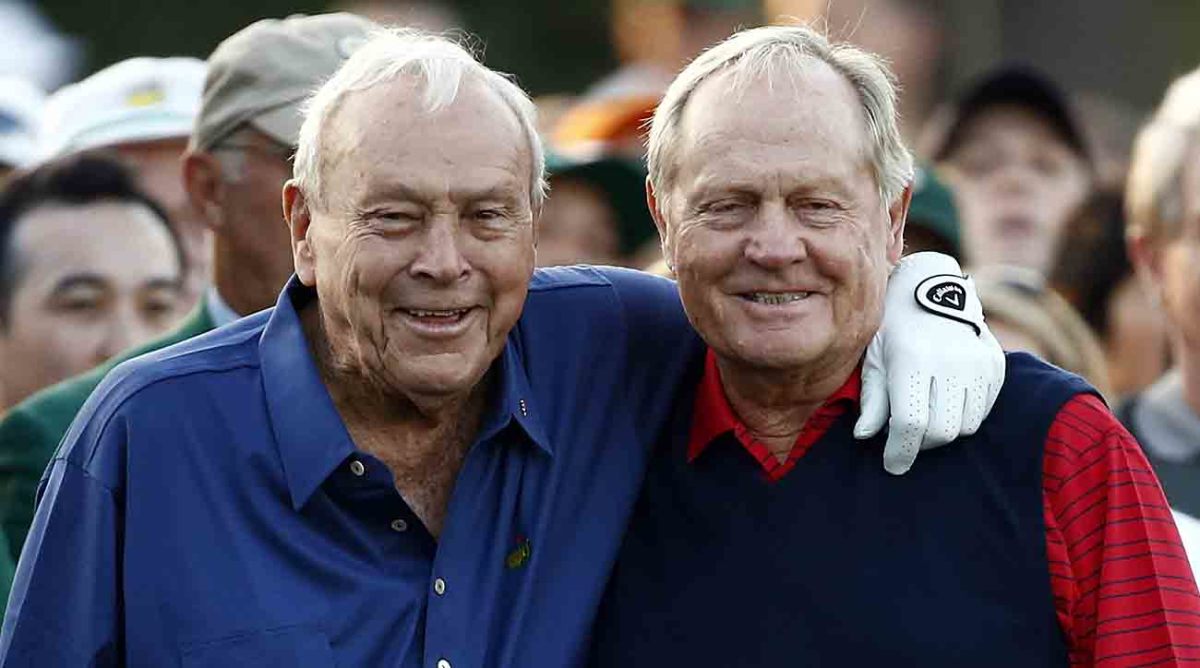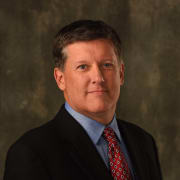No-Cut Events Are Nothing New, But Legends Didn't Win As Many of Them As Believed

More Weekly Read: Getting Back to Golf | How Designated Events Began | Fore! Things
The PGA Tour went to great lengths last week to push the idea that limited-field, no-cut events were not such a big deal. And in many ways, those pushing that narrative are correct.
For the past 25 years, no-cut events have been fairly common on the PGA Tour. While they don’t dominate the schedule, they’ve been part of some of the bigger events on the Tour, namely through the World Golf Championship events that began in 1999.
Understandably, there has been some angst about making no-cut tournaments part of all the designated tournaments beginning in 2024. Not only will the Sentry Tournament of Champions and the three FedEx Cup playoff events be limited-field tournaments with no cuts, but so will the seven other designated events.
That includes the three legacy events—the Genesis Invitational, Arnold Palmer Invitational and the Memorial.
That means there will be a total of 11 no-cut events, and that is bothersome to many—especially in light of many criticizing LIV Golf for having limited-field, no-cut events.
The Tour seems sensitive to that criticism and rightly points out that the majority of the its events—along with the major championships and the Players—have a 36-hole cut.
Still, there was a clear talking point. Both commissioner Jay Monahan and Rory McIlroy noted that Tiger Woods has 26 victories among his 82 wins. And they noted that Jack Nicklaus and Arnold Palmer had won multiple no-cut events, although they had the numbers different. McIlroy said Nicklaus had 20 and Palmer 17. Monahan said Nicklaus had 17 and Palmer 23.

Turns out, neither was right. Not even close.
With the help of internet sleuth @robopz on Twitter and newspapers.com, it appears the Tour had some bad information. It’s nothing nefarious, simply a database for older events that is not as buttoned up as necessary.
The Tour often notes that its records are sketchy pre-1980. And thus it also said when releasing the actual tournaments that Nicklaus and Palmer won that had no cut that their numbers might not be exact.
But the first clue should have come when on the list for Nicklaus was the 1963 PGA Championship. The tournament used to be a match play event but starting in 1958 it went to stroke play. Nicklaus won in 1963 and the Tour’s stats said it had a field of 83 players. Turns out, there were 83 who made the cut. The Tour’s database only showed those who made the cut and not the entire field.
And this seemed to happen often.
By looking up newspaper accounts, it was determined the Nicklaus had just seven wins in no-cut events: five of them came at the Tournament of Champions, another at the World Series of Golf (just 20 players) in 1976 and an obscure match play event the Tour missed called the U.S. Professional Match Play Championship in 1972.
For Palmer, it was only four wins in no-cut events: three times at the Tournament of Champions and the 1962 Colonial, which had 58 players.
It was an odd flex by the Tour, which did not need to use these two icons—wrongly, as it turned out—to make its point. The Tour has been playing no-cut events for some time, and it has the greatest example in Woods with 26 you could ever put forth.
In 2019, for example, the Tour had nine no-cut events: the four WGCs, the T of C, two playoff events, the Zozo Championship and CJ Cup. That’s only two less than there will be next year.
None of that will stop the chatter about the merits of having no cut events. And Monahan went beyond the idea that having done so in the past was a legitimate enough reason. Keeping everyone around for the weekend is a priority.
“There still is a lot of discussion and debate on whether or not there should be no cuts," Monahan said. “But for us to be able to have our stars assured to play for four days is a really important element to this model going forward. We think that's what fans want, particularly given the players have earned their right and their ability to play in those events. So that's first and foremost.
“And I think that when you look at the competitive integrity of the competitions, with the strength of these fields, I think it further warrants that you have the players, not only from a media standpoint but from an on-site standpoint ... and if you think about a field size of 70 to 80 players, and if you think about a higher reward for a top-10 finish, which is what we're talking about in the FedEx Cup going forward and in these events, FedEx Cup points, any player that is near the bottom of the cut line in what is already a reduced field has the chance to come back and finish inside the top 10.
“In fact, I think you'll probably see over the next couple years a player in that spot come back with a chance to win. For us I think that that's very compelling for our fans, and I also think it's very compelling competitively for our players."
Whether or not those are good reasons to have all the designated events be played without cuts will continue to be part of the discussion.
